AN IRISH KID FROM SOUTH CHICAGO
Each year on March 17th, St. Patrick’s Day is recognized as a day to remember those Americans who are of Irish descent. Irish ancestry has proven to be one of the strongest, most determined and resilient known. Because of these characteristics, Ireland survived the Great Potato Famine which lasted from 1845-1849. This famine, known as the greatest to ever occur in Europe, resulted in the death of 1/8th of the population of Ireland. Another 2-3 million immigrated to the United States where life was almost equally as difficult. Despite many odds, the Irish people survived many hardships both in Ireland and America.
Kirby Pines resident, Patrick (Pat) William Kelly could not be more representative of an Irish heritage. He not only has the name and looks of his ancestry but his life story would indicate he has those characteristics mentioned above. Surprisingly, however, Pat is also one-half German. Nevertheless, he has a good Irish story. His maternal grandparents immigrated from Germany due to the political climate; his paternal grandparents immigrated as a result of the potato famine. Both families settled in South Chicago where Pat’s parents met. Pat was born in the Chicago-Lying-In Hospital in January of 1943.
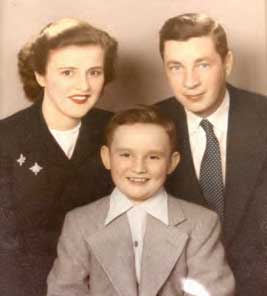
Pat’s father was a traveling steel salesman which resulted in frequent family moves. Pat believes that the experience of living in so many different cities and towns resulted in a very interesting childhood. He particularly remembers living in a small town with a population of only 300 people where “everyone knew everyone’s business”. Finally, the family moved to Memphis in 1956.
While attending Christian Brothers High School, Pat worked part-time at Goldsmiths Department Store. Following graduation, he joined the Air Force and was stationed in Anchorage, Alaska for 5 years and served as a Crypto Maintenance mechanic. He loved living in Alaska, but because of expensive living conditions, made the decision to move back to Memphis following discharge. He became employed by the Federal Electric Corp. and was sent to Vietnam as a civilian. After the war ended, Pat returned to Goldsmiths and became the Workroom Manager for draperies and upholstery. “Yes, I can operate a sewing machine and ‘spit tacks’ ”, states Pat. He parted ways with Goldsmiths when they wanted to transfer him to Atlanta. Instead, Pat became the owner of a fabric business, Fabric Junction (now Johnson’s Fabrics) in Bartlett. As the sole proprietor, the work was too difficult, so, he closed the shop and “moved to wood”. He managed the Cabinet and Counter Top Shop for Interstate Plywood for 17 years. Pat says, “I love being creative and have always enjoyed working with my hands”.
One of the most important aspects of Pat’s life revolves around the Boy Scouts of America. Soon after going to Alaska with the Air Force, he became acquainted with the Scoutmaster of the Air Force based Boy Scout Troop who invited him to go camping. Little did Pat realize it would involve “fifteen screaming kids”. Nevertheless, he was hooked. Pat has been actively registered with the BSA for 54 YEARS! During that time, he was Scoutmaster of Troop #341 sponsored by St. Louis Church for 16 years. He continues to be active as the Troop Committee Chairperson, a position he has held for the past 30 years. Pat really enjoys camping and goes at every opportunity, except when it is “too cold”.
In 2009, Pat’s mother, Myrtle, began having serious health problems. Pat, an only child, was his mother’s caregiver. Learning of Kirby Pines Lifecare Plan, Pat and his mother moved to Kirby Pines in 2013. Myrtle passed away in 2016. Pat was able to care for her and she remained in their apartment until the end. “Nevertheless, I was very pleased with the medical care here at Kirby and the feeling of safety”, says Pat.
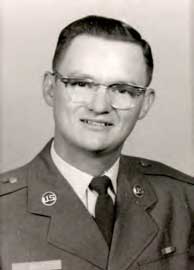
Since Pat “quit work”, he has been very involved in volunteer work at Kirby. He served as Wing Leader for two years and is currently serving as a member of the very active Resident’s Food Committee. The Food Committee is comprised of residents as well as Administrative and Dietary Heads. One resident serves as Chairman and represents the Food Committee on the Advisory Committee. Their role is to exchange information provided by residents concerning the food service at Kirby Pines. Meetings are held once a month. Pat says, “There is no shortage of comments. While we do get some negative feedback, the majority of comments are positive”.
Pat has endeared himself to those who get to know him. His smiling face makes him very approachable. His sense of humor and ready wit are his hallmarks.
Pat believes he will leave a good legacy through his work and volunteer activities. To quote him: “Looking back it has been a great life for an Irish kid born in South Chicago”. He wishes an Irish Blessing and a Happy St. Patrick’s Day to all of you!
Written by Joan Dodson, Resident, Kirby Pines

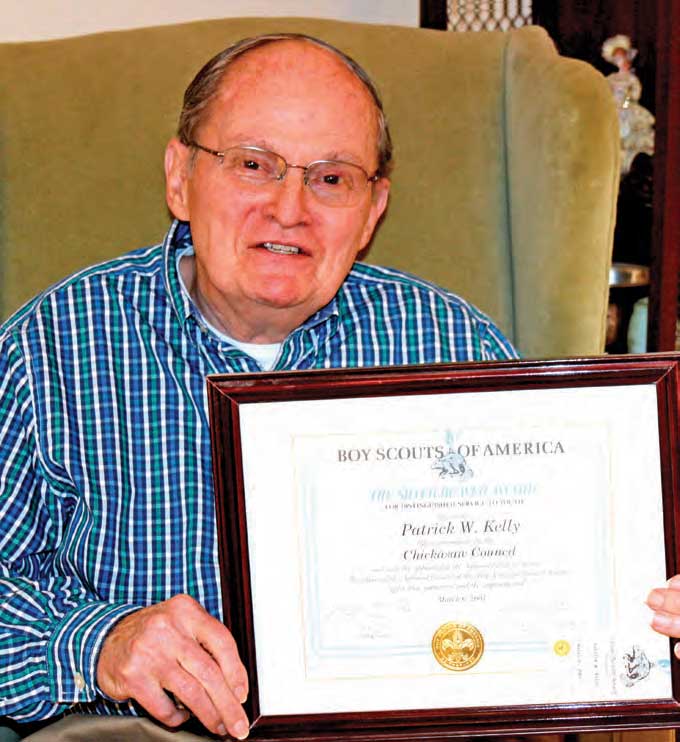
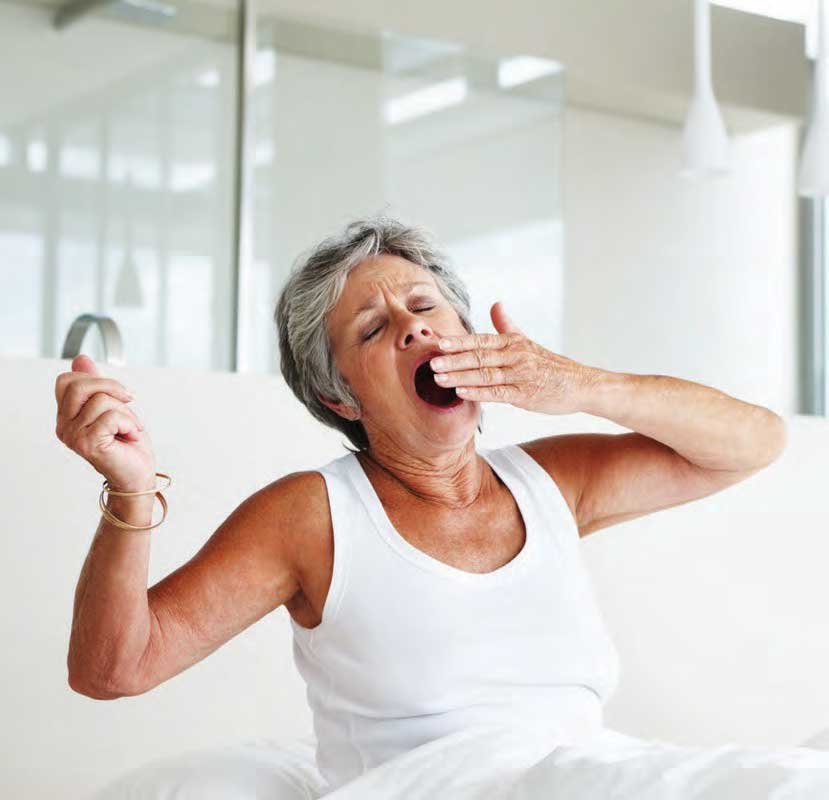



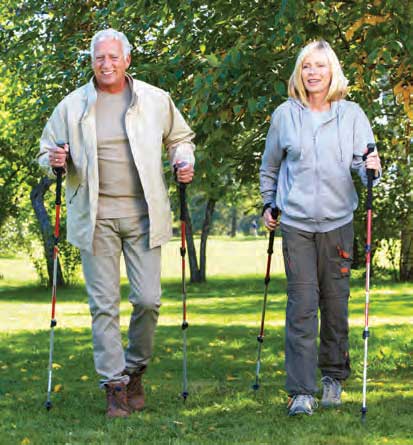
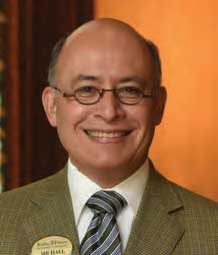 Michael Escamilla,
Michael Escamilla,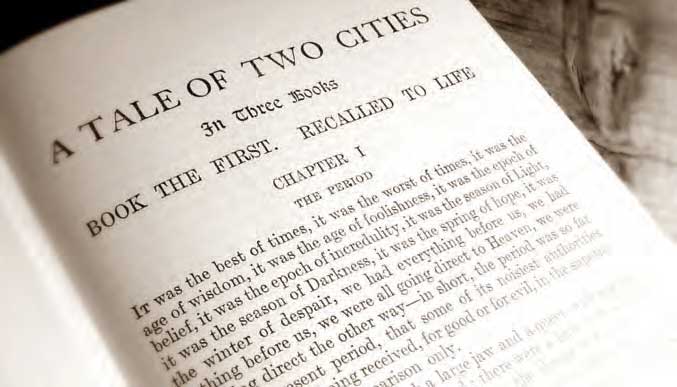

 With support from animal lovers, we are able to help prevent animal abuse as well as help injured animals in Memphis and Shelby County. We are able to provide animals with refuge to recover, nutritious food and outstanding veterinary care. On average, we provide sanctuary to over 100 animals at our facility at any given time, with dozens more placed with foster families until they are ready to be adopted. And we are dedicated to giving these animals a brighter future and improving human lives through animal companionship.
With support from animal lovers, we are able to help prevent animal abuse as well as help injured animals in Memphis and Shelby County. We are able to provide animals with refuge to recover, nutritious food and outstanding veterinary care. On average, we provide sanctuary to over 100 animals at our facility at any given time, with dozens more placed with foster families until they are ready to be adopted. And we are dedicated to giving these animals a brighter future and improving human lives through animal companionship.





 © 2025 Kirby Pines LifeCare Community. All Rights Reserved |
© 2025 Kirby Pines LifeCare Community. All Rights Reserved | 